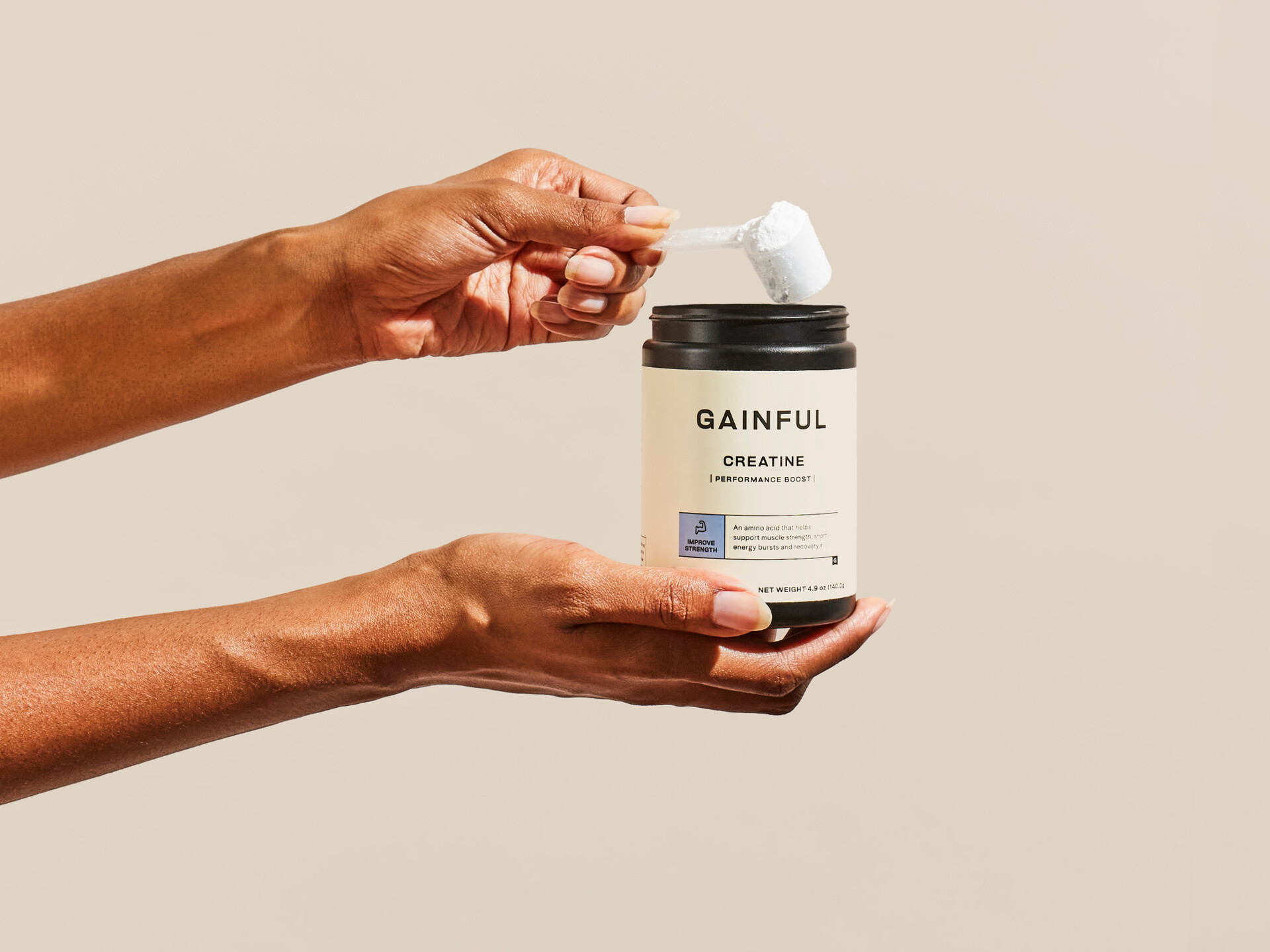

Articles
How To Store Creatine
Modified: January 5, 2024
Learn the best methods for storing creatine and ensuring its potency with our informative articles. Keep your creatine fresh and effective for optimal results.
(Many of the links in this article redirect to a specific reviewed product. Your purchase of these products through affiliate links helps to generate commission for Storables.com, at no extra cost. Learn more)
Introduction
Welcome to the world of fitness and performance enhancement! Whether you’re an athlete, a bodybuilder, or simply someone trying to improve your overall health and fitness, you’ve probably come across the supplement called creatine.
Creatine is a naturally occurring compound that is found in small amounts in animal products, such as meat and fish. It plays a crucial role in providing energy for muscle contractions, making it a popular supplement for those looking to boost their exercise performance. Not only does it help increase strength and power, but it also aids in muscle recovery and growth.
However, when it comes to supplements, it’s not just about buying the right product – it’s also about storing it properly to maintain its effectiveness and ensure its longevity. In this article, we will delve into the world of creatine storage and provide you with valuable insights on how to store creatine correctly for optimal results.
Key Takeaways:
- Proper storage of creatine is crucial for maintaining its potency. Keep it in a cool, dry place, away from moisture and strong odors, and use it within the recommended timeframe to ensure optimal effectiveness.
- Creatine has a long shelf life when stored properly. Adhere to ideal storage conditions, such as temperature, humidity, and airtight packaging, to maximize its potency and effectiveness for your fitness goals.
Read more: How To Store Store-Bought Bread
Benefits of Creatine
Creatine supplementation has been extensively researched and has shown to provide several benefits for individuals engaged in physical activities. Here are some of the key benefits of creatine:
- Increased muscle strength and power: One of the primary reasons athletes and fitness enthusiasts turn to creatine is its ability to enhance muscular strength and power. By increasing the availability of ATP (adenosine triphosphate), the primary energy currency of cells, creatine allows for more intense and explosive movements during workouts.
- Enhanced exercise performance: With improved strength and power, users of creatine often experience enhanced performance during high-intensity activities, such as weightlifting, sprinting, and jumping. This can lead to increased work output and improved overall athletic performance.
- Increased muscle mass: Creatine has been shown to support muscle protein synthesis, which is vital for muscle repair and growth. By promoting an anabolic environment within the muscles, creatine supplementation can help individuals gain lean muscle mass.
- Improved recovery: Intense workouts can lead to muscle damage and fatigue. Creatine supplementation has been found to reduce markers of muscle damage and aid in the recovery process. This allows individuals to bounce back faster and train harder.
- Neuroprotective effects: Aside from its benefits to the muscles, creatine has also been suggested to have neuroprotective properties. It may help protect the brain from oxidative stress and reduce the risk of neurodegenerative diseases.
- Enhanced cognitive function: Research suggests that creatine supplementation may have positive effects on cognitive function, particularly in tasks that require short-term memory and quick thinking. This makes it a potential aid for individuals looking to improve cognitive performance.
It’s important to note that the extent of these benefits may vary among individuals, and individual response to creatine supplementation can differ. Additionally, the benefits discussed here are most prominent when combined with proper training and nutrition. Incorporating creatine into a well-rounded fitness regimen can maximize its effects and help individuals reach their goals more efficiently.
Factors to Consider When Storing Creatine
Storing creatine correctly is essential to maintain its potency and effectiveness. Here are some important factors to consider when storing creatine:
- Airtight Container: When purchasing creatine, ensure that it comes in a tightly sealed, airtight container. This prevents moisture and air from degrading the quality of the supplement. If the original packaging gets damaged, transfer the creatine to a suitable airtight container for storage to maintain its freshness.
- Cool and Dry Environment: Creatine should be stored in a cool, dry environment, away from direct sunlight and heat. Exposure to extreme temperatures can compromise its stability and effectiveness. A temperature-controlled cupboard or a pantry shelf away from the stove or oven is an ideal storage location.
- Avoid Moisture: Moisture is one of the biggest enemies of creatine. Keep the container away from areas with high humidity, such as bathrooms and basements, as moisture can lead to clumping and degradation of the supplement. If possible, consider using desiccant packs or moisture-absorbing packets in the storage container to minimize moisture exposure.
- Keep Away from Strong Odors: Creatine can absorb strong odors easily, which can affect its taste and quality. Store it away from items with pungent smells, such as cleaning chemicals, spices, or strong-smelling foods. This will help maintain the original taste and efficacy of the supplement.
- Label and Date: It’s a good practice to label the container with the date of purchase or expiry. This ensures you can track the shelf life of the supplement and avoid using expired creatine. Proper labeling also helps in easy identification if you have multiple supplements stored together.
- Avoid Freezing: While creatine is generally stable at low temperatures, freezing it is not recommended. Freezing can cause the formation of ice crystals, which might damage the molecular structure of the supplement. Therefore, it’s best to store creatine at room temperature or slightly below.
- Keep Out of Reach of Children: As with any supplement, it’s important to store creatine out of the reach of children. This prevents accidental ingestion and ensures the safety of young ones in the household.
By considering these factors and following proper storage practices, you can prolong the shelf life of your creatine supplement and maintain its efficacy.
Ideal Storage Conditions for Creatine
To ensure the longevity and effectiveness of your creatine supplement, it’s important to store it under the right conditions. Here are the ideal storage conditions for creatine:
- Temperature: The ideal temperature range for storing creatine is between 60°F to 75°F (15°C to 24°C). Avoid exposing it to extreme temperatures, both high and low, as it can degrade the quality of the supplement. Room temperature is generally suitable for most homes, but if you live in an area with hot or humid climates, consider storing creatine in a cooler environment.
- Humidity: Moisture is the enemy of creatine storage. It’s important to keep the supplement away from high humidity areas, as moisture can cause clumping and degradation. Aim for a relative humidity level of 40% to 50% in the storage area. Consider using moisture-absorbing packets or desiccant packs to further protect the creatine from moisture damage.
- Light Exposure: Direct sunlight and artificial light can degrade the quality of creatine over time. Therefore, it’s crucial to store it in a cool, dark place. A pantry shelf or a cupboard away from windows and light sources is an ideal spot for creatine storage. If the container is transparent, consider wrapping it in aluminum foil or storing it in an opaque container to prevent light exposure.
- Airtight Packaging: The original packaging of creatine is designed to be airtight to maintain its freshness and quality. If the packaging gets damaged, transfer the creatine to an airtight container, such as a resealable plastic bag or airtight glass jar. This prevents air from entering and affecting the supplement’s efficacy.
- Separation from Strong Odors: Creatine can easily absorb strong odors, which can affect its taste and quality. Ensure that it is stored away from items with pungent smells, such as cleaning chemicals, spices, or strong-smelling foods. Keeping it in a separate compartment or sealed container helps maintain its original taste and efficacy.
Remember to follow these ideal storage conditions consistently to optimize the shelf life and effectiveness of your creatine supplement. By doing so, you can ensure that it remains fresh and potent for optimal performance enhancement.
Store creatine in a cool, dry place away from direct sunlight and moisture. Keep it tightly sealed to prevent clumping. Avoid storing it in the bathroom or near any heat sources.
Avoiding Common Mistakes in Creatine Storage
When it comes to storing creatine, there are several common mistakes that people make. By avoiding these mistakes, you can ensure the longevity and effectiveness of your supplement. Here are some common mistakes to avoid:
- Exposing it to moisture: Moisture is one of the biggest enemies of creatine storage. Avoid storing creatine in areas with high humidity, such as bathrooms or basements. Moisture can cause clumping and degrade the quality of the supplement. Make sure the container is tightly sealed and consider using moisture-absorbing packs to minimize moisture exposure.
- Exposing it to heat: High temperatures can degrade the quality of creatine. Avoid storing it near heat sources like stoves or ovens. It’s also important to keep it away from direct sunlight and prolonged exposure to artificial light. Optimal room temperature is ideal for creatine storage.
- Not using an airtight container: Creatine is susceptible to air exposure, which can affect its potency. It’s crucial to store it in an airtight container to prevent air from degrading the supplement. If the original packaging is damaged, transfer the creatine to a suitable airtight container.
- Mixing it with other supplements: Avoid storing creatine with other supplements, especially if they have strong odors. Creatine can absorb odors easily, which can affect its taste and quality. Keep it in a separate container or compartment to maintain its original freshness.
- Using expired creatine: Pay attention to the expiry date of the creatine supplement. Using expired creatine may not only be ineffective but could also pose potential risks. Always check the label and discard any expired products.
- Improper labeling: Properly label the container with the date of purchase or expiry. This helps you keep track of the shelf life of the supplement and ensures you don’t accidentally use expired creatine. Clear labeling also helps in easy identification if you have multiple supplements stored together.
By avoiding these common mistakes and following proper storage practices, you can ensure that your creatine supplement remains fresh, potent, and effective for your fitness and performance needs.
Read more: How To Store Basil From Grocery Store
Long-Term Storage of Creatine
If you have a large quantity of creatine or plan to store it for an extended period, it’s crucial to take extra precautions to maintain its quality. Here are some tips for long-term storage of creatine:
- Secure and stable storage: Find a secure and stable location to store your creatine for the long term. Choose an area where it won’t be subject to frequent movement or potential damage. A temperature-controlled cupboard or pantry shelf away from direct sunlight and heat sources is ideal.
- Airtight storage containers: Ensure that your creatine is stored in airtight containers. This prevents air and moisture from entering, which can degrade the quality of the supplement over time. Consider using resealable plastic bags or airtight glass jars to store individual servings of creatine, as this allows you to minimize exposure and maintain freshness.
- Proper labeling: Clearly label your long-term storage containers with the date of purchase or expiry. This will help you keep track of the shelf life of the creatine and ensure that you use it within the recommended timeframe. Use waterproof labels or markers to prevent them from smudging or fading over time.
- Regularly check for any signs of degradation: Periodically inspect your stored creatine for any signs of moisture build-up, clumping, or foul odors. If you notice any of these signs, it may be an indication that the creatine has degraded and is no longer suitable for consumption. In such cases, it’s best to discard it and purchase a fresh batch.
- Keep away from extreme temperatures: Just like in short-term storage, it’s important to protect your creatine from extreme temperatures during long-term storage. Avoid storing it in areas that are prone to temperature fluctuations, such as garages, storage units, or outdoor sheds. Maintaining a stable temperature within the recommended range (60°F to 75°F or 15°C to 24°C) will help preserve its quality.
- Frequent rotation: If you have a large supply of creatine, it’s a good practice to rotate your stock regularly. This means using the oldest batch of creatine first and replenishing it with a fresh batch. Regular rotation ensures that you’re always using the freshest and most effective creatine available.
- Avoid exposure to strong odors: To maintain the original taste and quality of the creatine, keep it away from strong-smelling substances. Exposure to strong odors can cause the creatine to absorb unwanted scents, which may affect its efficacy and taste. Store it separately from items with pungent odors.
By following these guidelines, you can ensure that your creatine remains potent and effective throughout its long-term storage. Remember to always assess the quality of the supplement before use and discard any that show signs of degradation.
Shelf Life of Creatine
The shelf life of creatine refers to the duration during which the supplement remains effective and potent. The shelf life can vary depending on various factors, including the manufacturer, storage conditions, and the type of creatine. Here’s what you need to know about the shelf life of creatine:
Generally, creatine has a long shelf life when stored properly. Unopened and stored under ideal conditions, such as in a cool and dry place, creatine can retain its potency for around two to three years from the date of manufacture. However, it’s important to note that the potency and effectiveness of creatine may gradually diminish over time, even within its shelf life.
After opening the container, the shelf life of creatine can be shorter. Once exposed to air and moisture, creatine can start to degrade at a faster rate, which may lead to clumping and reduced potency. It’s best to use the creatine within six to twelve months after opening to ensure optimal effectiveness.
To maximize the shelf life of creatine and maintain its effectiveness, adhere to the following guidelines:
- Proper storage conditions: Store creatine in a cool, dry place away from moisture, direct sunlight, and extreme temperatures. Ideal room temperature is between 60°F to 75°F (15°C to 24°C). Avoid exposing it to heat sources or areas with high humidity.
- Airtight packaging: Keep the creatine in its original airtight container or transfer it to a suitable airtight storage container to prevent air and moisture from degrading the supplement.
- Regularly check for signs of degradation: Periodically inspect the creatine for any signs of clumping, foul odor, or moisture build-up. If you notice any of these signs, it may indicate that the creatine has started to degrade and is no longer suitable for consumption.
- Proper labeling: Label the container with the date of purchase or expiry to keep track of the shelf life. This helps you ensure that you consume the creatine within the recommended timeframe.
- Use within the recommended timeframe: It’s best to use creatine within the specified expiration date or within six to twelve months after opening, depending on the manufacturer’s recommendations.
Always remember to assess the quality and efficacy of the creatine before consuming it. If you have any doubts about its quality or if it has exceeded its shelf life, it’s advisable to discard it and purchase a fresh batch.
By following proper storage practices and being mindful of the expiration date, you can maximize the shelf life and effectiveness of your creatine supplement, ensuring optimal results in your fitness journey.
Conclusion
Proper storage of creatine is essential to maintain its potency and effectiveness. By following the guidelines outlined in this article, you can ensure that your creatine remains fresh, potent, and ready to support your fitness and performance goals.
Consider factors such as temperature, humidity, and light exposure when storing creatine. Keep it in a cool, dry place away from direct sunlight and extreme temperatures. Using an airtight container will help protect it from air and moisture, preserving its quality. Additionally, keeping creatine away from strong odors and properly labeling it can help maintain its taste and ensure proper usage.
It’s important to note that creatine has a shelf life, and its potency may gradually diminish over time. Therefore, it’s best to use creatine within the recommended timeframe, both before and after opening the container. By checking for signs of degradation and using creatine within the specified expiration date, you can ensure the best results.
Remember, creatine is a valuable supplement known for its benefits in increasing muscle strength, enhancing exercise performance, promoting muscle growth, and aiding in recovery. By storing it correctly, you can maximize its potential and enjoy its benefits to the fullest.
So, whether you’re an athlete, a bodybuilder, or someone simply looking to improve your fitness, make sure to store your creatine properly and experience the positive impacts it can have on your performance and overall well-being.
Frequently Asked Questions about How To Store Creatine
Was this page helpful?
At Storables.com, we guarantee accurate and reliable information. Our content, validated by Expert Board Contributors, is crafted following stringent Editorial Policies. We're committed to providing you with well-researched, expert-backed insights for all your informational needs.

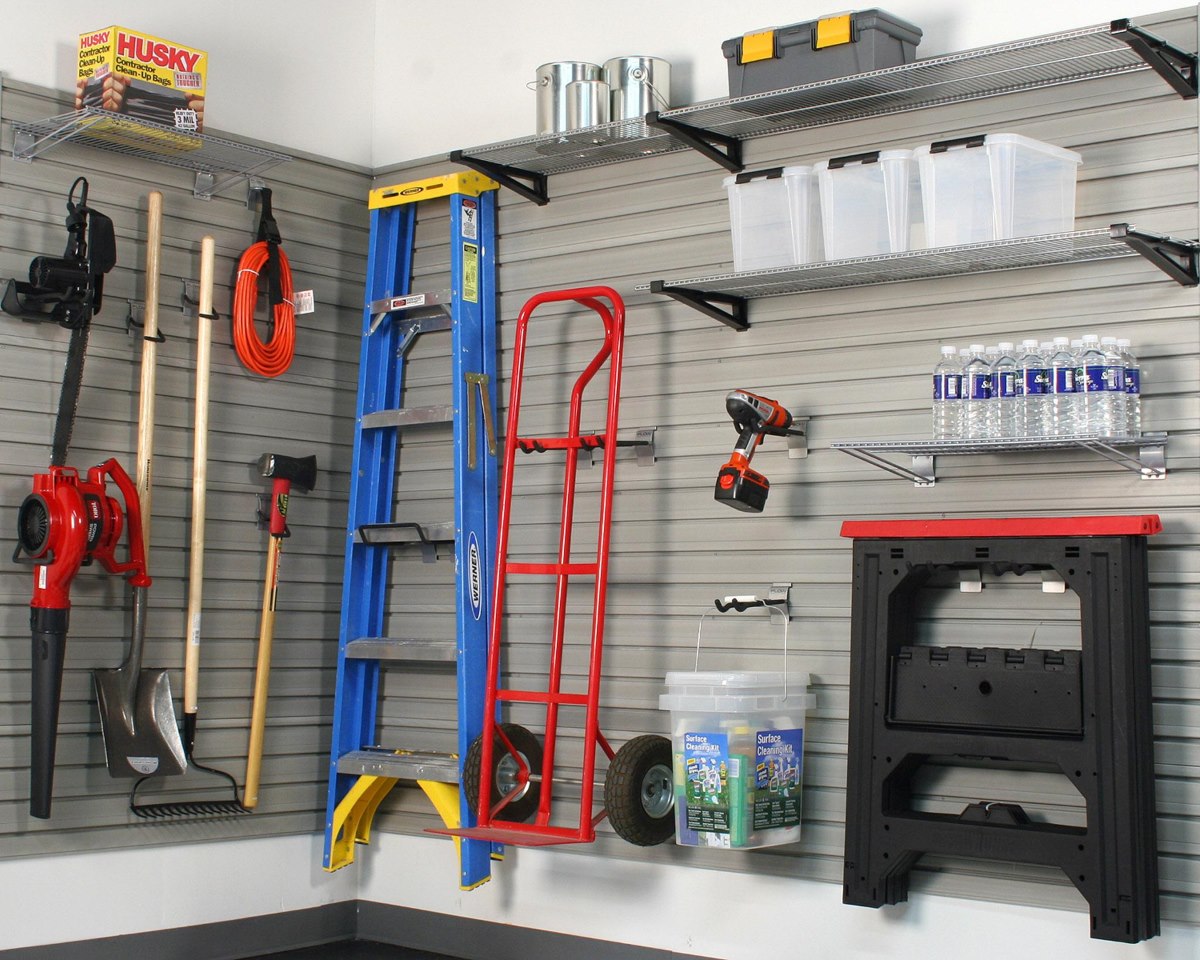






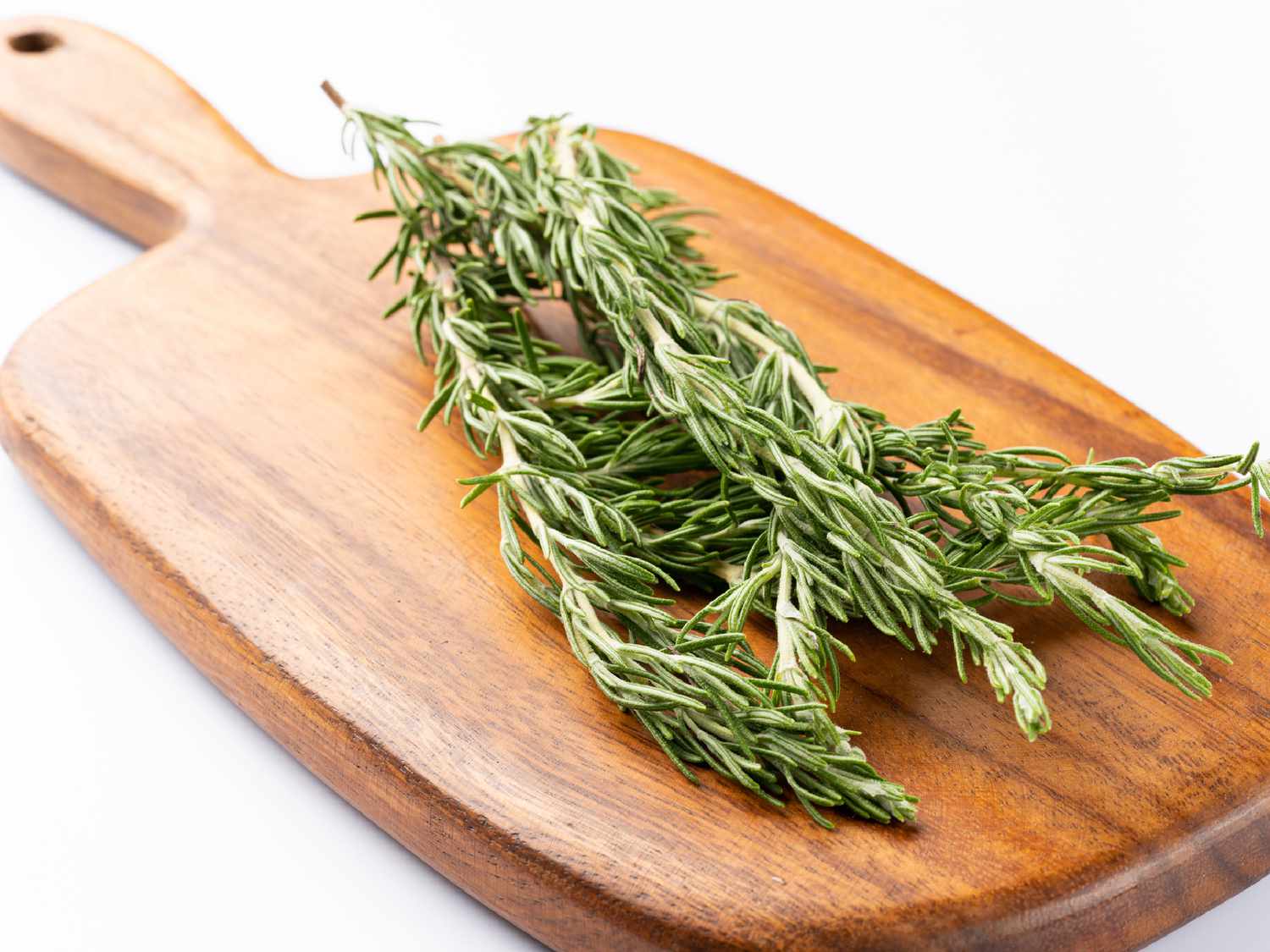
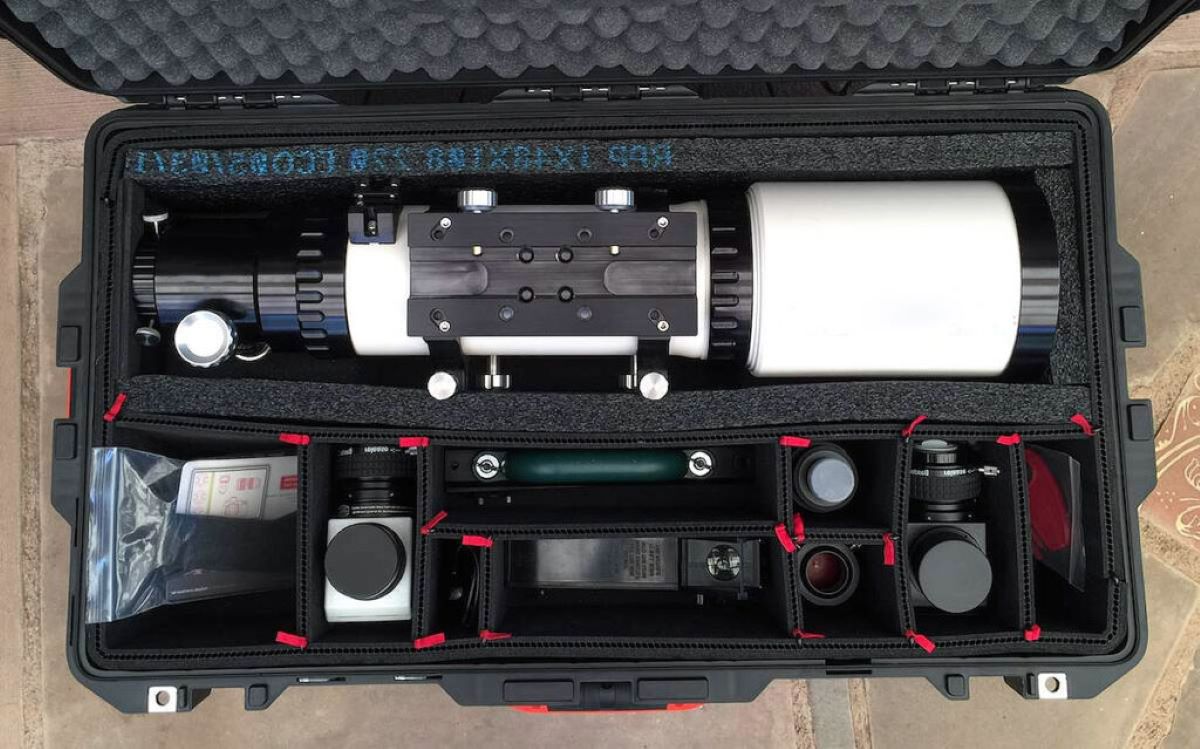


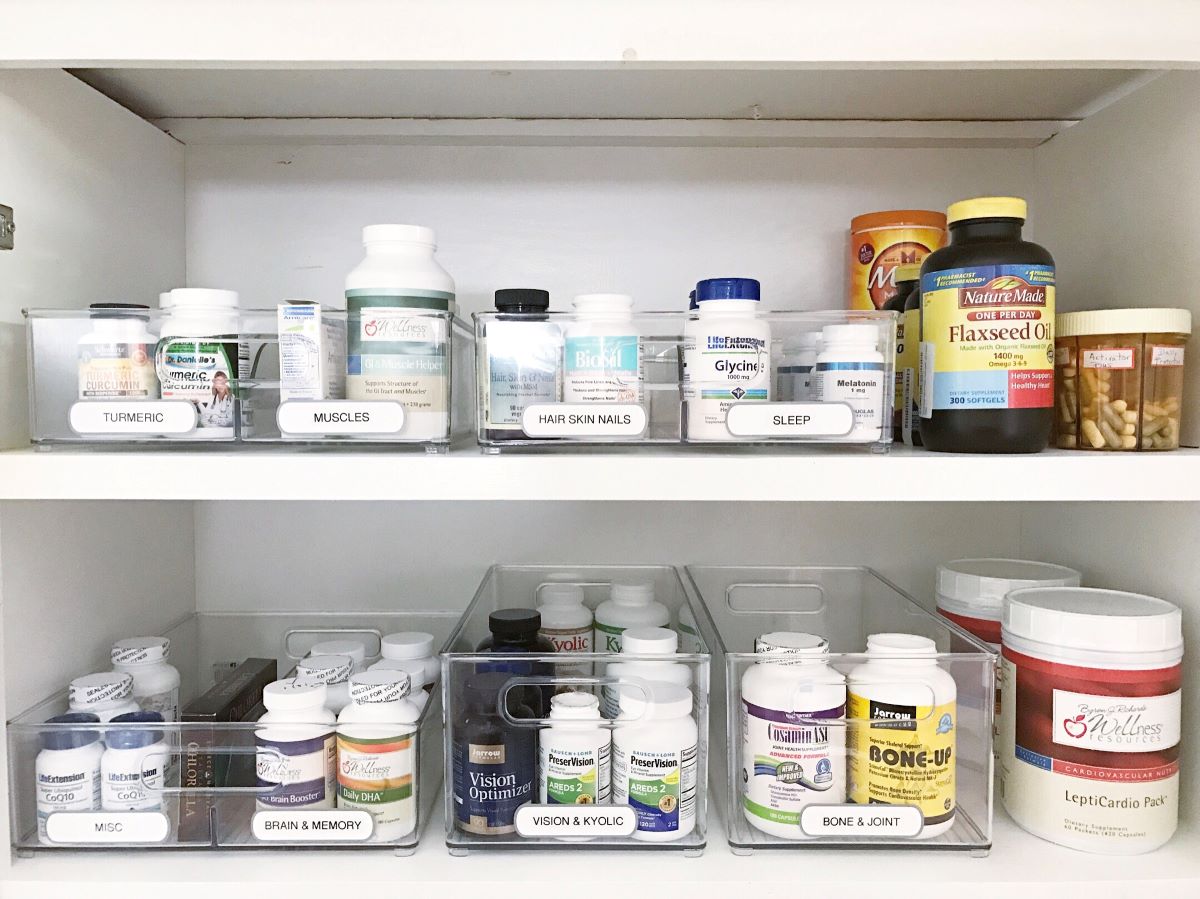


0 thoughts on “How To Store Creatine”